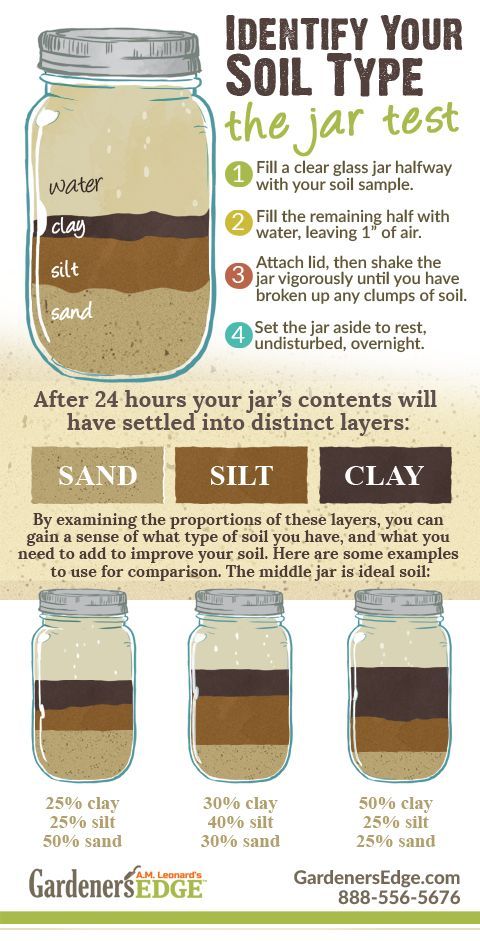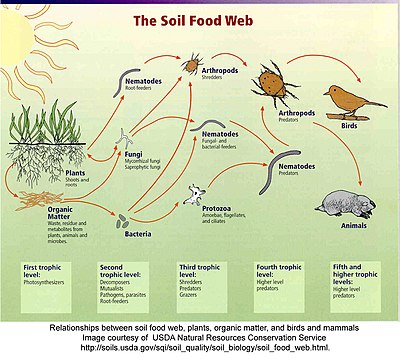Belcarra Garden Club
BC, Canada
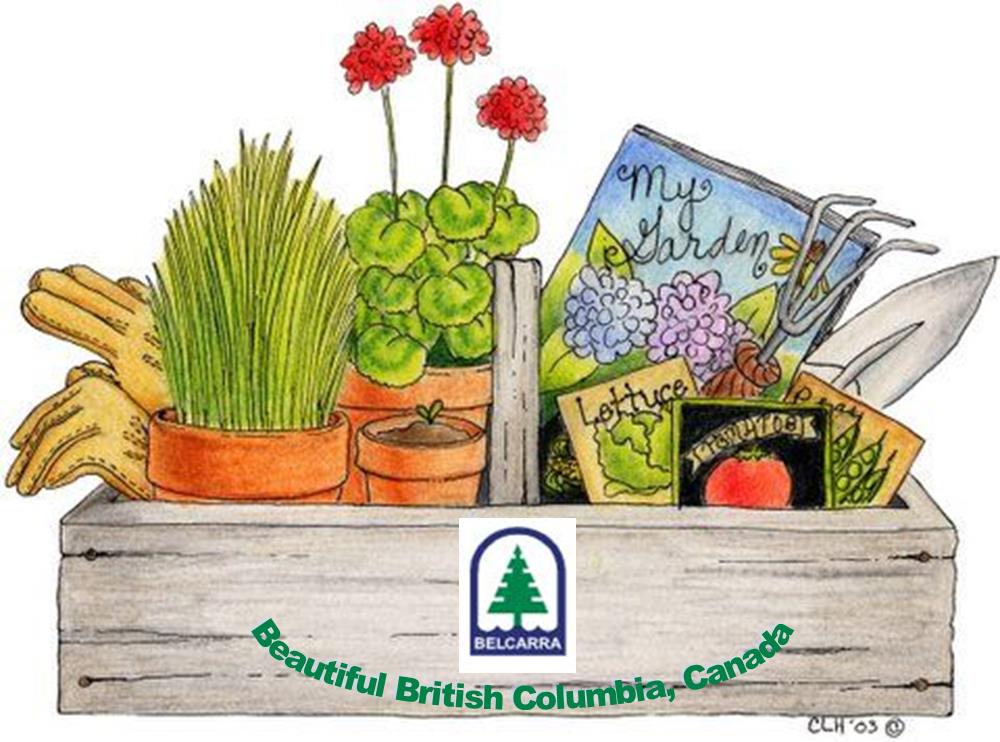
Soils in our Garden
By Nora Boekhout and Les Bramley
Our “fearless BCG leader”, Les, has become passionate about investigating soils this month and has some interesting insights to share with us.
HAPPY GARDENING! Les Bramley |
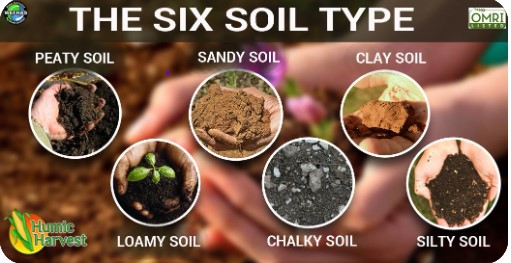
So… what is our soil actually comprised of, and what’s the difference between your natural soil and purchased garden soil or potting soil? The best garden soils are deep (for roots to grow), porous (allowing air and water to move), and loamy. “Loamy soil” has a balance of sand, silt (a mixture of sand and clay), and clay as well as being rich in organic humus. There is moisture and air to support plant roots, without being soggy. Fertile soils have rich nutrients, no harmful contaminants, and are alive with microorganisms, beneficial critters, and earthworms. Soil types may be loamy, silty, clay, sandy, peaty, chalky. Be aware that different plants prefer different soil types!
Commercial garden soil is a blend of natural topsoil or sand mixed with inexpensive organic material. It may contain sand, mushroom compost, cow or chicken manure, composted bark. It improves the water-holding capacity of sandy soils and loosens heavy clay soils, important for root development. Potting mix or potting soil, used for containers, may or may not contain actual soil! Some of the ingredients may be: peat moss, composted manure, perlite or pine bark, vermiculite, coconut coir, soil-release fertilizers. Peat-based, soilless mixes are often used for germinating seeds. Read your ingredients when purchasing and check the specifics that they are intended for. The bottom line seems to be less than an exact science. Find out your general soil type and make adjustments, use homemade/purchased composts, get your soil tested every so often. Keep a journal and record what is/ is not working for YOUR garden and YOUR plants! |
RELATED LINKSGarden Soil information Garden Soil versus Potting Soil Comparison of (commercial) garden soils
|
Take a look at this web page if you want you or your kids to learn some neat facts about our soils. Welcome to the British Columbia Soil Information Finder Tool Soil Project - Use arrow to scroll through selected project. Project: Soils of the Northern Lower Fraser Valley
Soil Food Web Soil food web - Wikipedia
|
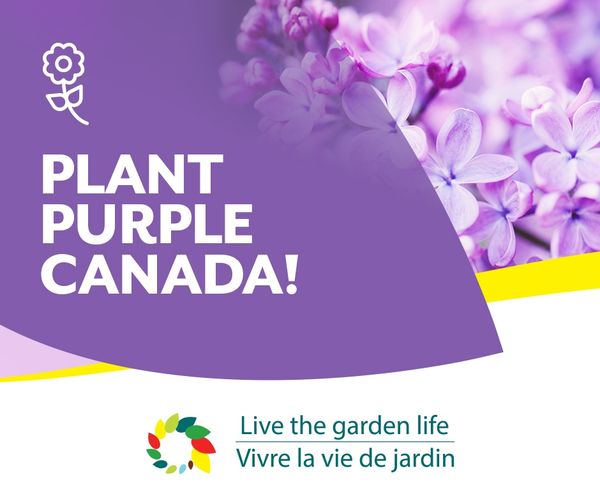
Don’t forget that this year’s color for “Live the Garden Life – Canada” is PURPLE! Plant Canada Purple! ![]()
Purple has a variety of effects on the mind and body, including uplifting spirits, calming the mind, enhanced feelings of spirituality and encouraging imagination and creativity.
Nora will be collecting photos over the seasons of ![]() PURPLE
PURPLE![]() Belcarra flowers, plants, garden decorations to add to our webpage!
Belcarra flowers, plants, garden decorations to add to our webpage!
Please send your photos (identifying the plant if possible) to:
norab604 (at) gmail.com
